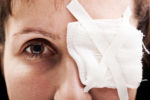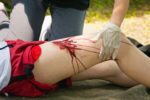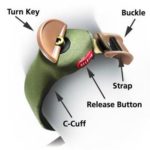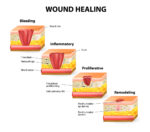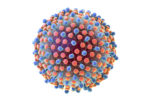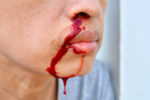Pelvic Injuries most commonly occur when the pelvis undergoes trauma. The pelvis is the large bone which sits at the base of the spine and is the site of the ball-and-socket joints of both legs. Common causes of pelvic injury include car crashes and falls from great heights. In car crashes, people tend to hit […]


